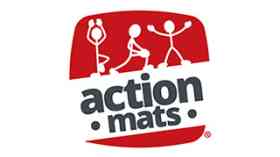Action Mats create resources for primary and early years children focussing on movement skills and active learning.
Supplier Focus
Latest Supplier News
Borg & Overström is a UK manufacturer of premium drinking water solutions. For over 20 years Borg & Overström has developed sustainable, bottle-less, hygienic, drinking water dispensers with the aim to provide exceptional, safe, self-service drinking water into schools, universities, workplaces and communal spaces.

 There are real challenges around special educational needs (SEN) funding; many schools have difficulties in demonstrating what they are providing and what their package of SEN support is for particular groups of children. The more support a child requires, the more detailed we have to be in describing the nature of those arrangements in school, including specific costings. So schools need to improve their ability to map out the strands of their provision. Schools which require access to top-up funding will need to provide their local authorities with this kind of evidence to access the money. If they don’t have that information ready, this will become an area of tension.
There are real challenges around special educational needs (SEN) funding; many schools have difficulties in demonstrating what they are providing and what their package of SEN support is for particular groups of children. The more support a child requires, the more detailed we have to be in describing the nature of those arrangements in school, including specific costings. So schools need to improve their ability to map out the strands of their provision. Schools which require access to top-up funding will need to provide their local authorities with this kind of evidence to access the money. If they don’t have that information ready, this will become an area of tension. 








